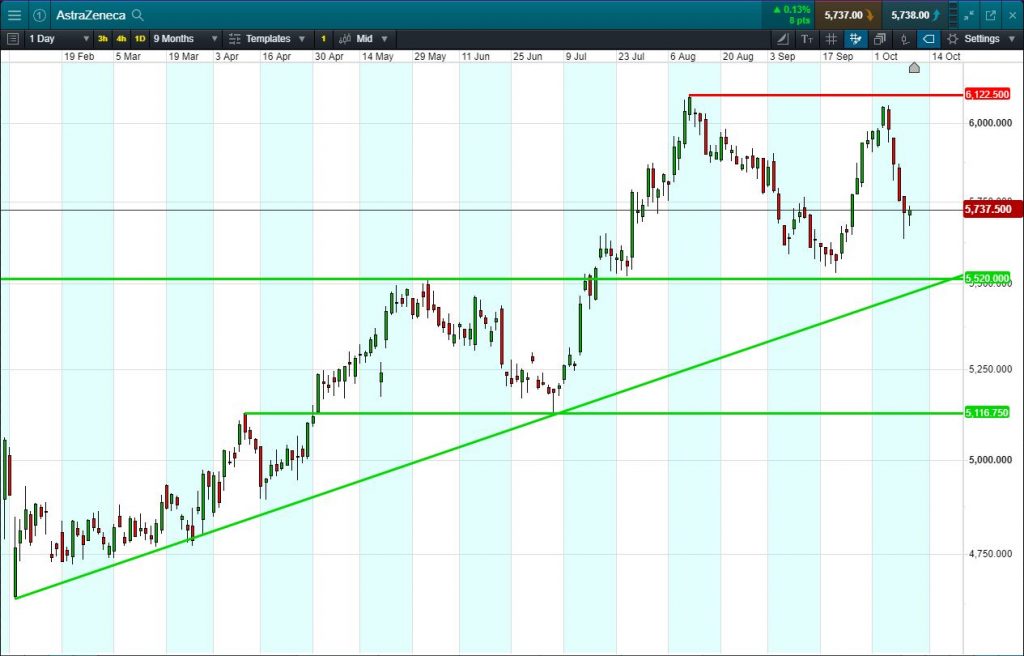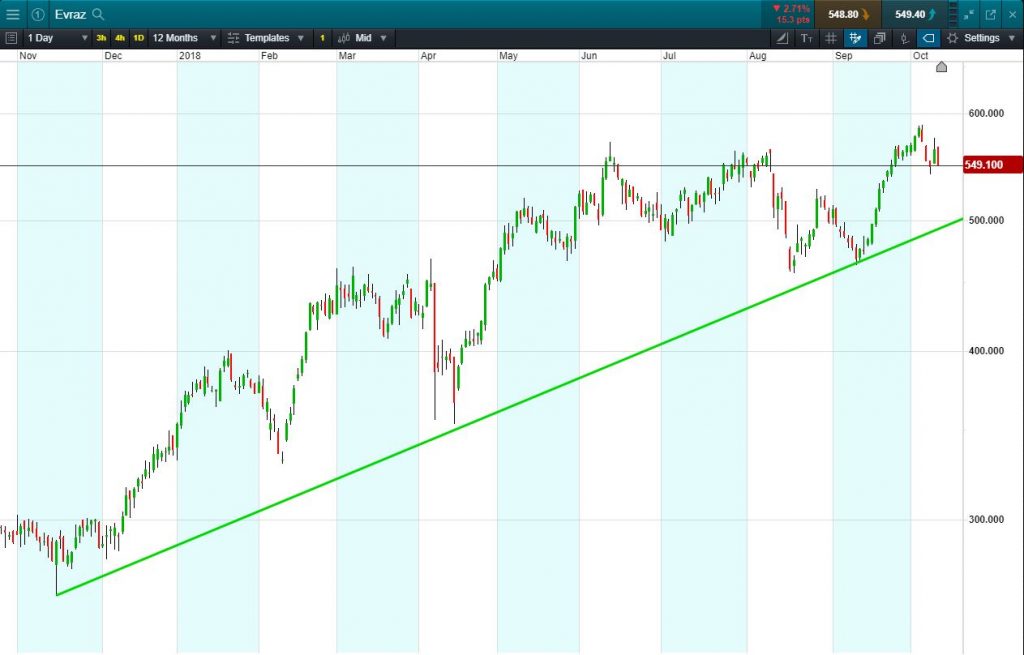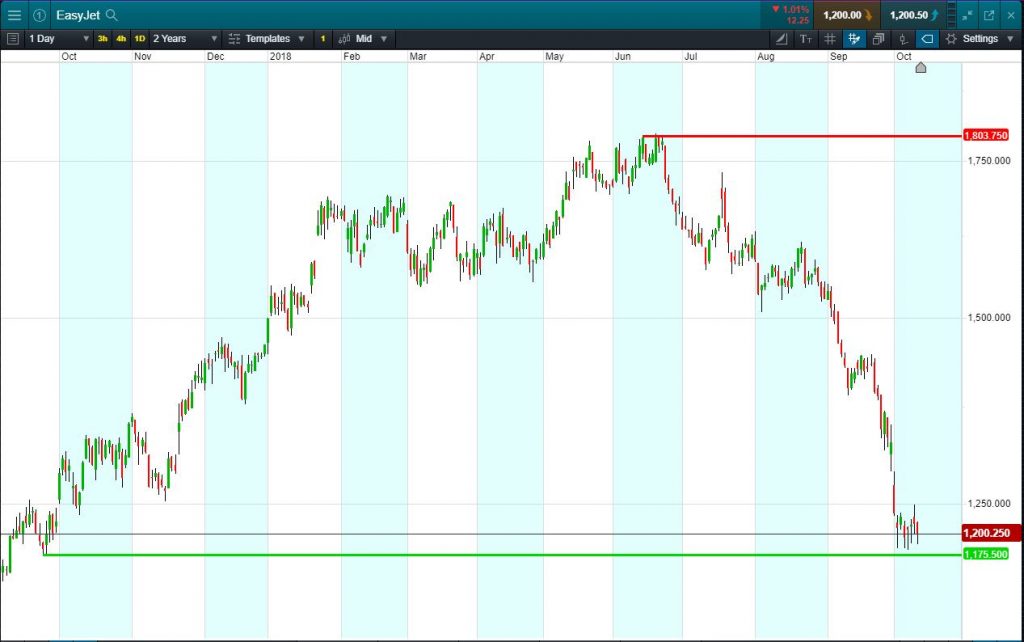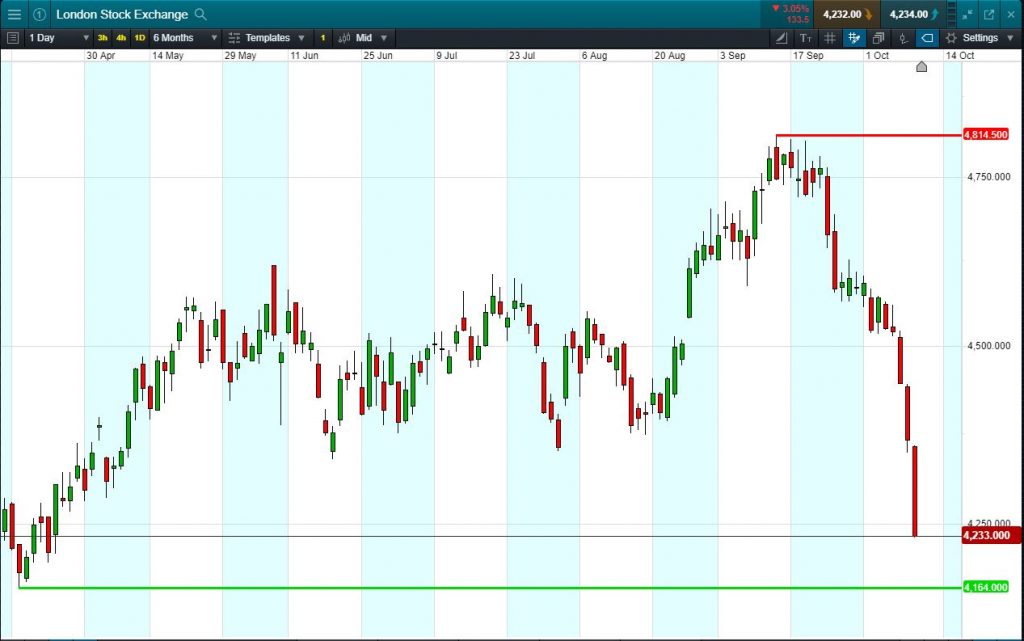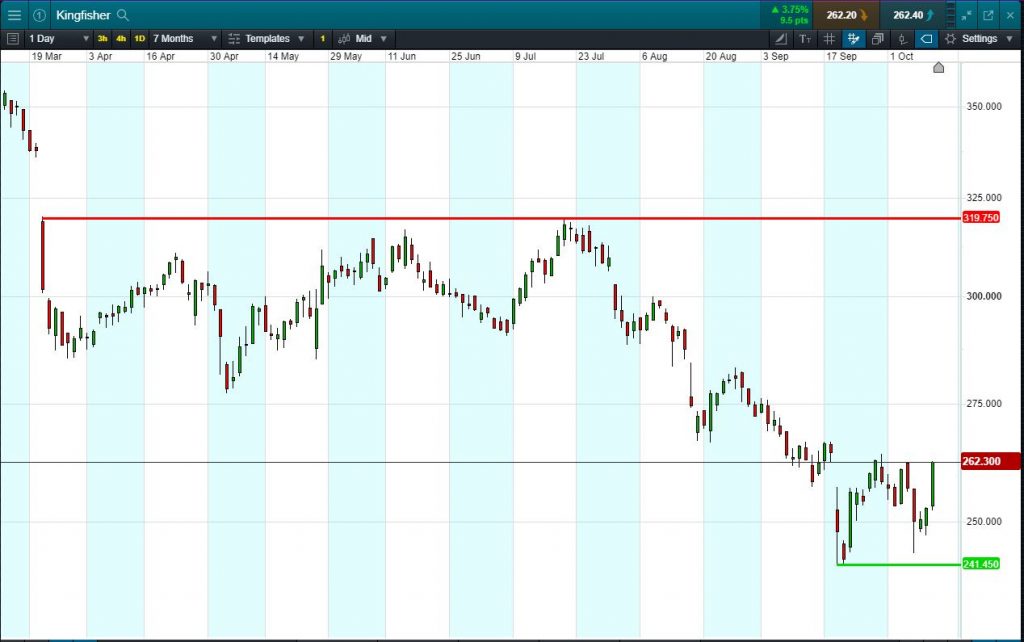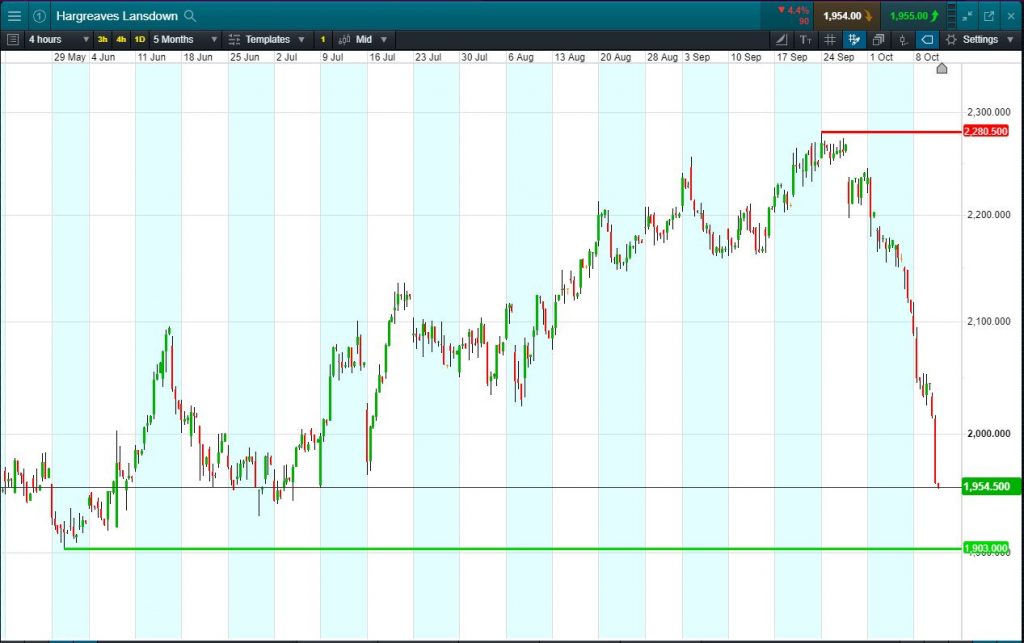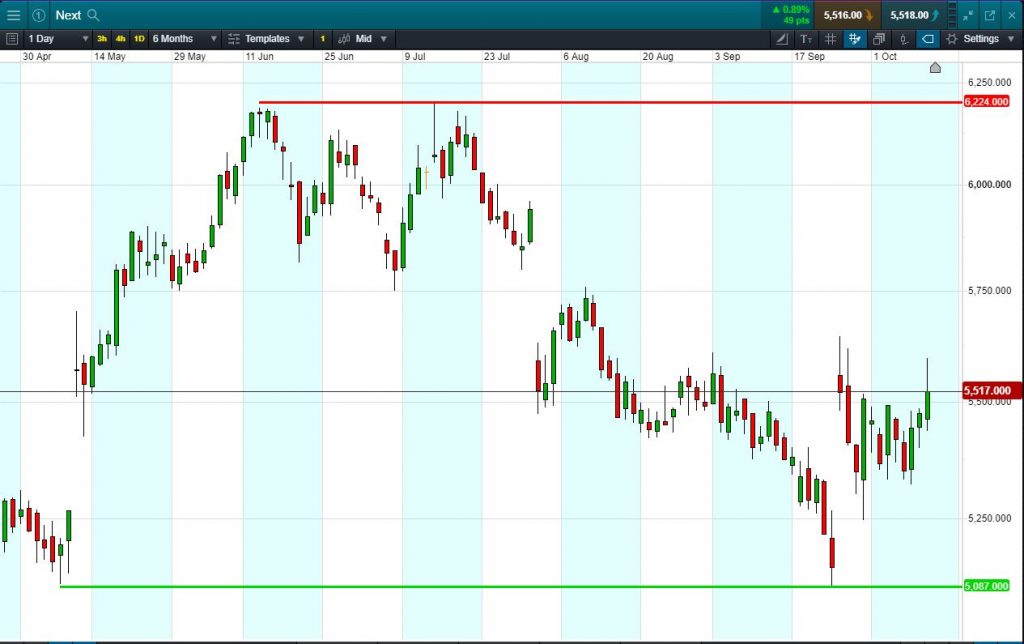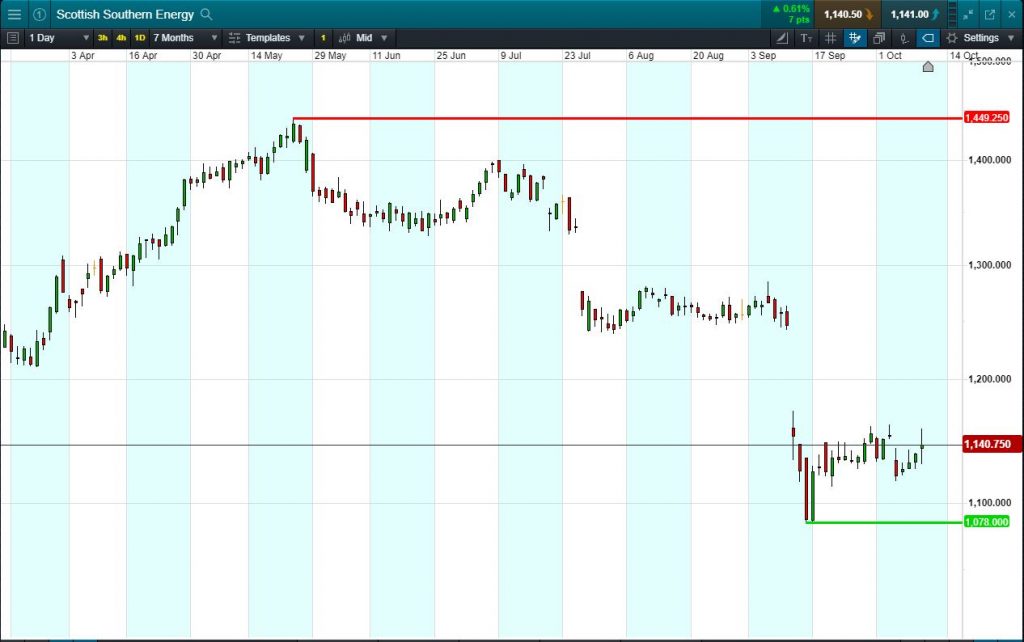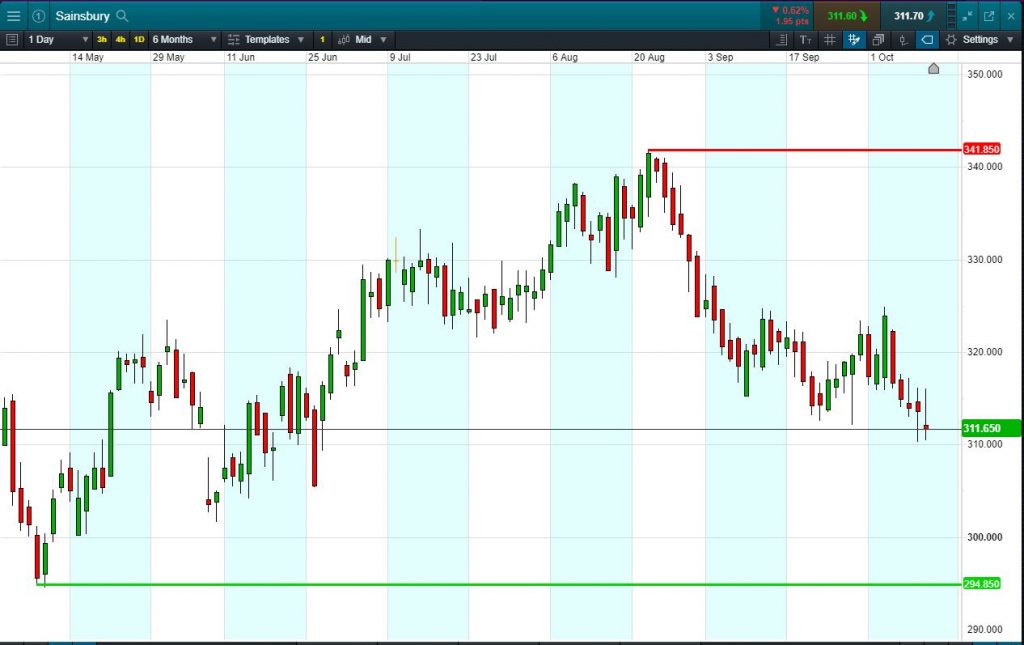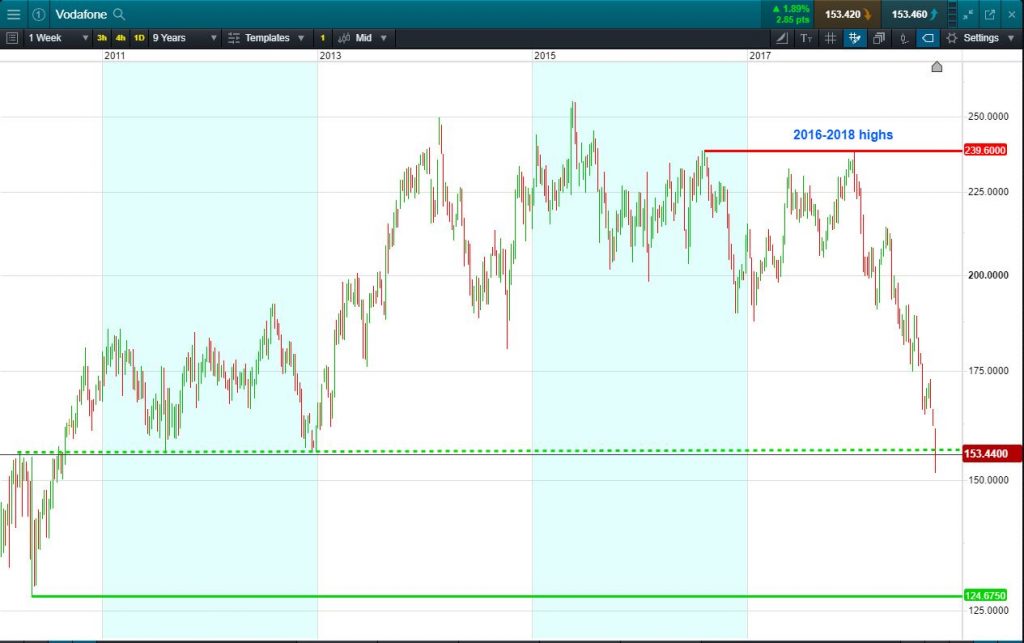Q3 began with the UK 100 index of blue chip stocks trading just off fresh record highs.
Optimism was strong thanks to good weather and excitement ahead of the bumper summer of sport which had the potential to benefit UK high street retailers, pubs and supermarkets.
That said, not everything was rosy, the US picking trade fights with both China and Europe. Politics also remained front and centre, with Brexit, Trump and Eurozone populism on the rise.
As it stands, the UK Index is 11.4% off its best levels, with concerns about interest rates and bond yields having intensified, giving rise to a major revaluation of many asset classes.
Buying Opportunity?
Has the UK Index bottomed out? Are you looking at the chart, thinking the sell-off is temporary, another overreaction? Looking to revamp your financial portfolio, scouting names with upside potential?
Whether markets are in an uptrend or downtrend, many stocks still offer attractive trading opportunities over multiple trading horizons.
Accendo Markets is here to support you via its award-winning research service, dropping ideas in your inbox, and a floor of experienced and approachable traders at the end of the phone.
The following report unveils our Q4 Top 10 stock picks that could help make your latest investment decisions informed and deliberate.
Besides some exciting UK Index stock picks, we also look at the prior quarter’s best and worst performers and review the political and economic market drivers.
Our top picks comprise both well-known and lesser-known companies. But all are easily tradable UK Index stocks. Among them are a pharmaceutical giant, a retail investment platform and a resilient high-street retailer.
Have you shopped at Next recently, online or in-store? Why might the shares represent an exciting Q4 trading opportunity? Read on to find out.





